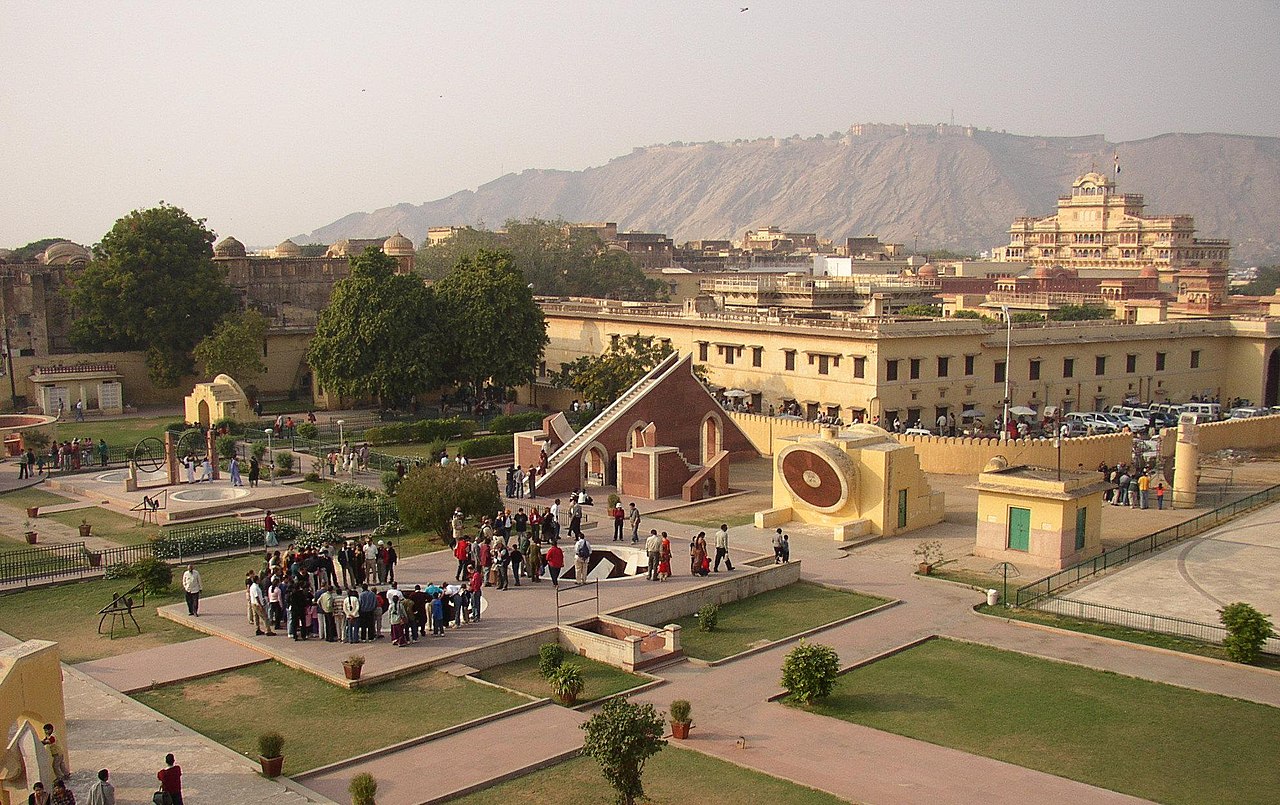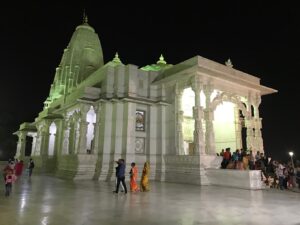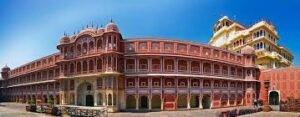Uncover the Wonders of Jantar Mantar Jaipur
Hello all, welcome to our blog post Uncover the Wonders of Jantar Mantar Jaipur.In this blog post we will take you on an attractive exploration of the charming Jantar Mantra in Jaipur.
Introduction Of Jantra Mantra :
Jantar Mantra is situated in Jaipur, Rajasthan. Is an astronomical observation site built in the 18th century by Maharaja Sawai Jai Singh II. Let’s embark on a journey through time and space as we explore the fascinating world of Jantar Mantra in Jaipur. It features the world’s largest stone sundial and is a UNESCO World Heritage Site.
History Of Jantra Mantra:
Jantar Mantra was built by Maharaja Sawai Jai Singh II, an astronomer. This was the fifth building by Jai Singh in India; the other four are located in Delhi, Ujjain, Mathura, and Varanasi. The construction was constructed between 1724 and 1730 and was completed in 1738. Today, it stands as a UNESCO World Heritage Site and attracts visitors from all over the world.
Architectural Significance:
The Jantra Mantra comprises nineteen instruments for measuring time, predicting eclipses, tracking the location of major stars as the earth orbits around the sun, ascertaining the declinations of planets, and determining the celestial altitudes. The instruments are made of stone and brass and are set in a geometric arrangement. The instruments are oriented and calibrated based on Jaipur’s latitude and longitude. Jantar Mantar’s architecture influenced subsequent observatories and reflects a blend of Indian, Islamic, and Western astronomical traditions.
The instruments:
1 Samrat Yantra: The largest sundial in the world. Used to measure time with an accuracy of up to two seconds. It is in a triangular shape with a hypotenuse parallel to the Earth’s axis.
2 Jai Prakash Yantra: This consists of two hemispherical structures with markings inside. It is used to determine the positions of celestial objects.
3 Rashivalaya Yantra: This set of twelve instruments represents the twelve zodiac signs. Each instrument is aligned with a specific zodiac constellation, allowing astronomers to study the positions of celestial bodies relative to these signs.
4 Ram Yantra: These cylindrical structures are used to measure the altitude and azimuth of celestial objects.
The architectural design is not just aesthetically pleasing but also functional. The height, angles, and placement of each instrument were carefully calculated to achieve precise measurements of time, celestial events, and positions. The observatory’s design takes into account the geographical location of Jaipur.
Visiting Tips for Jantar Mantar, Jaipur:
1 Best Time to Visit: To avoid the crowds and the heat, it’s best to visit in the early morning. Opening hours: 9 a.m. to 4:30 p.m.
2 Guided Tours: You should hire a guide who is knowledgeable to explain the details and the scientific significance of this place. Those who prefer to explore at their own pace can use audio guides.
3 Ticket Price: Rs. 50 per person for Indians Rs. 15 per person for Indian students Rs. 200 per person for foreign tourists Rs. 100 per person for foreign students
Nearby Attractions:











One Comment